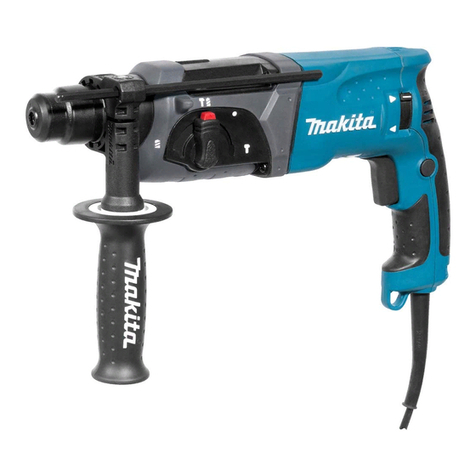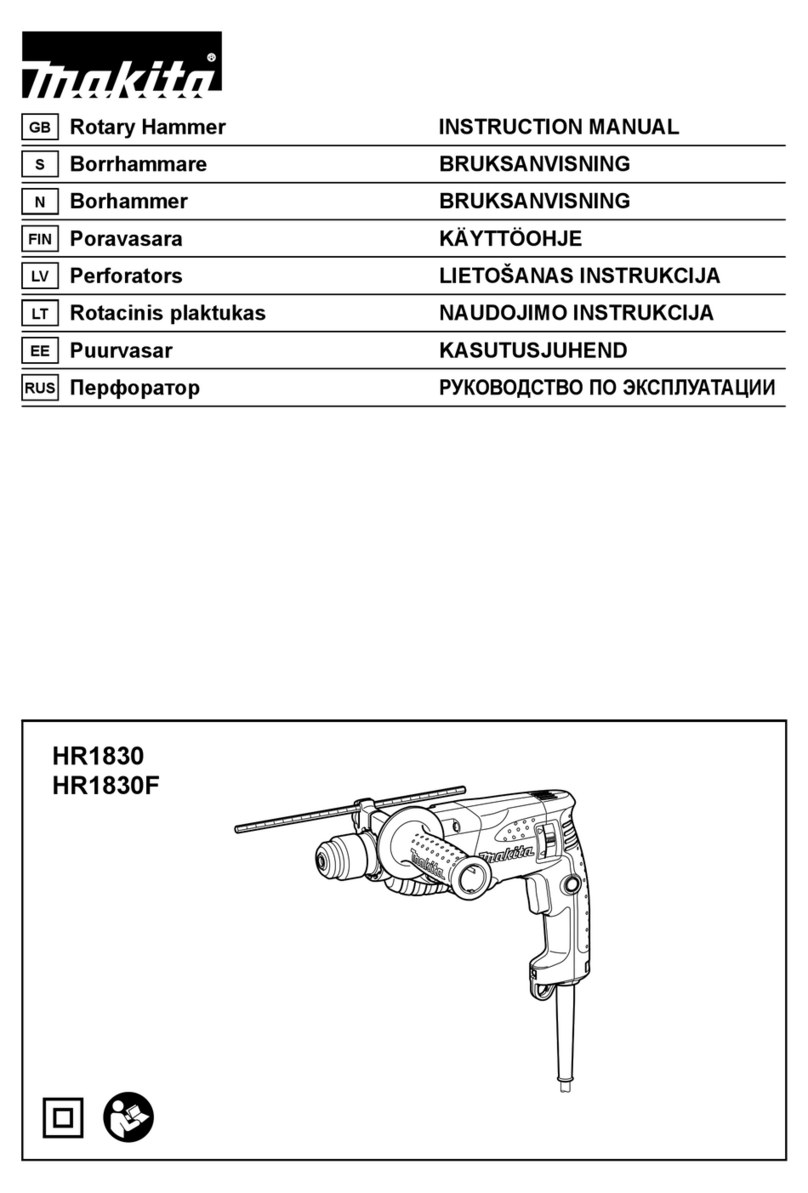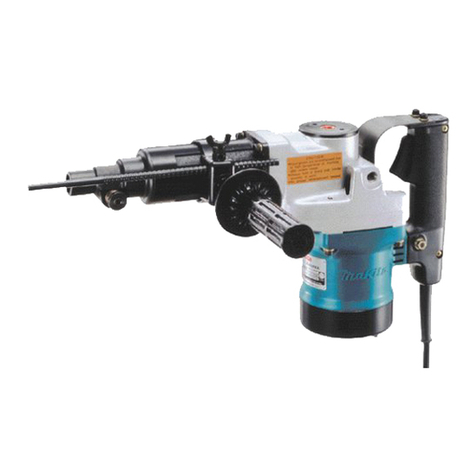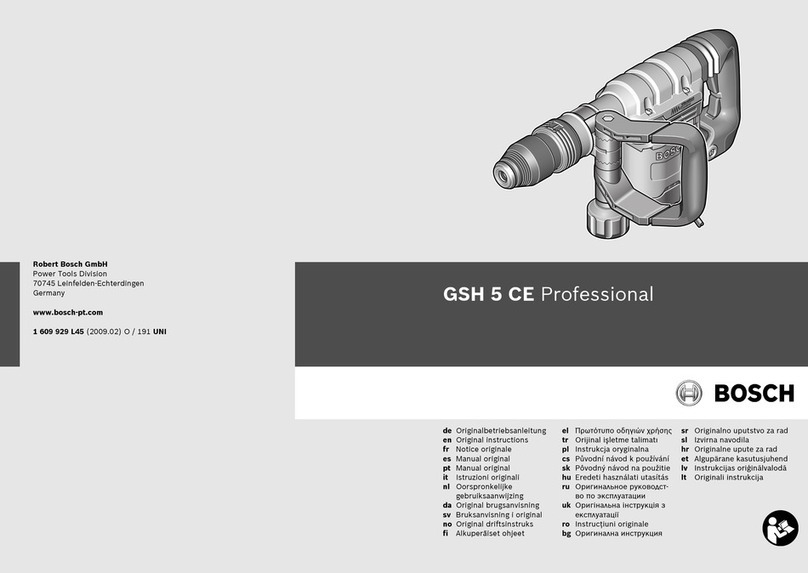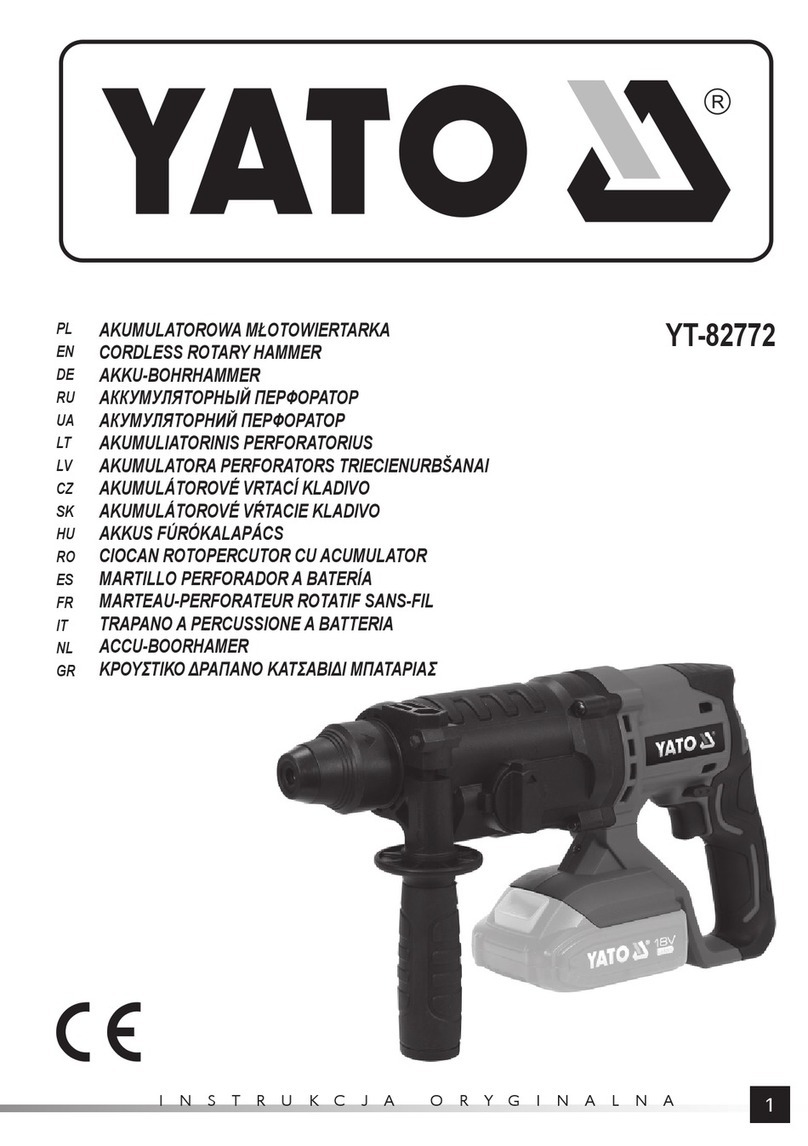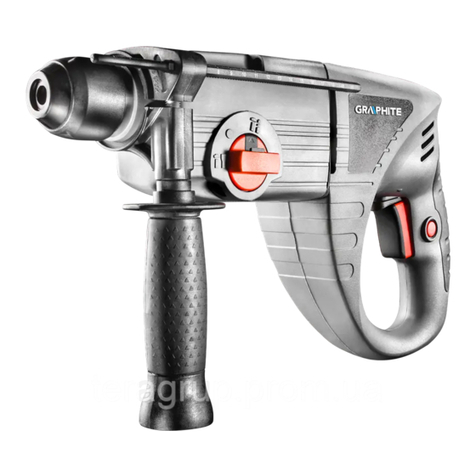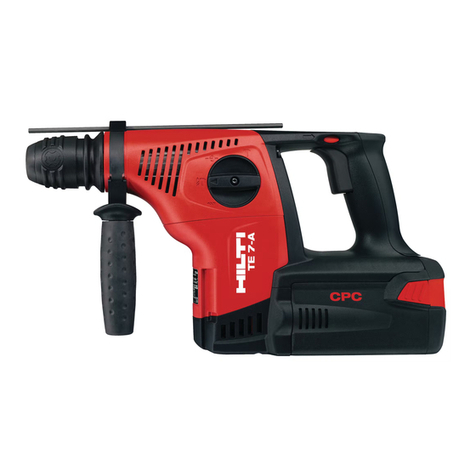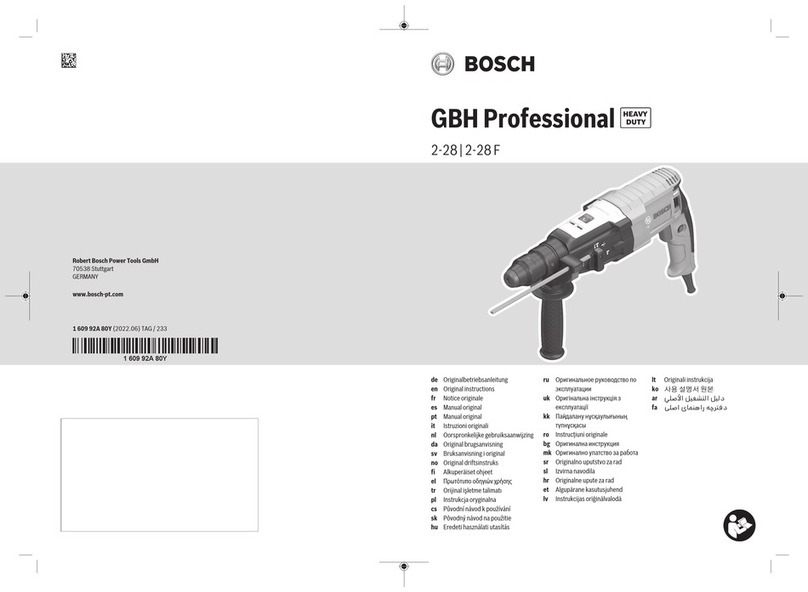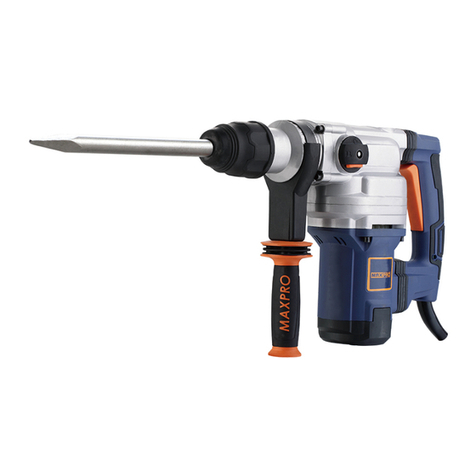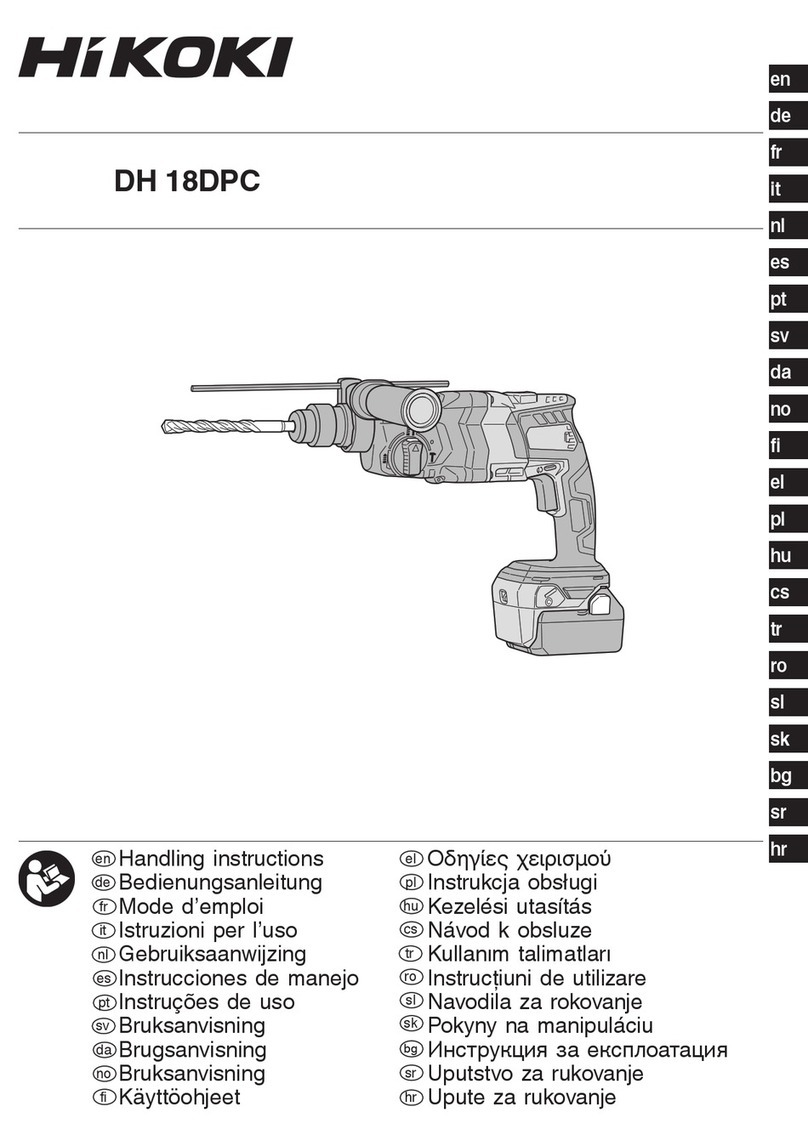Makita HR4040C Manual
Other Makita Rotary Hammer manuals

Makita
Makita HR2432 User manual
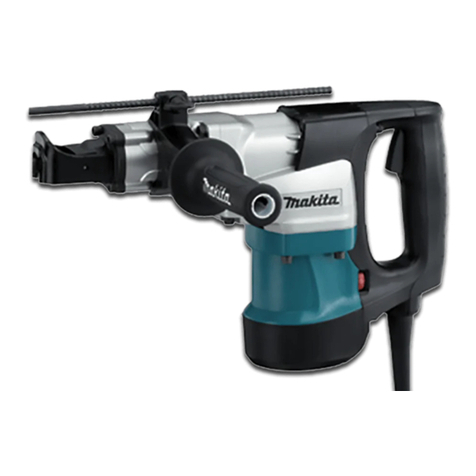
Makita
Makita HR4030C Manual
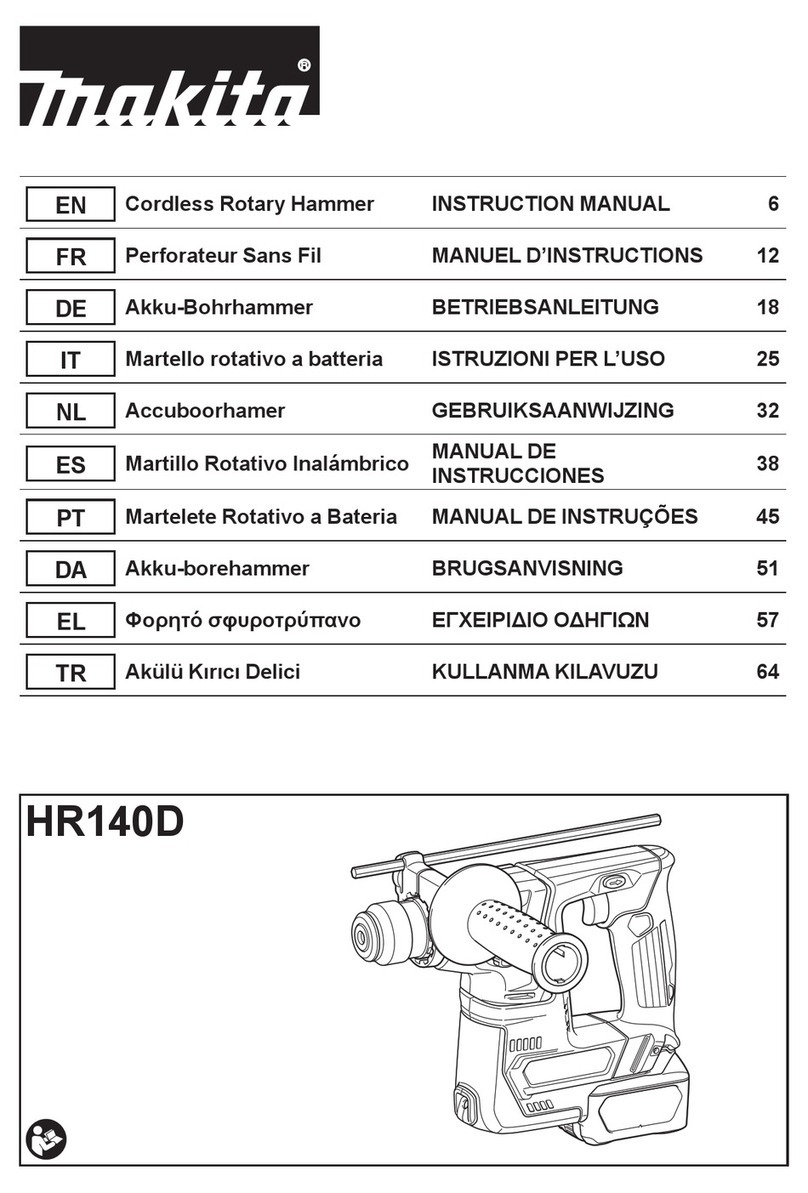
Makita
Makita HR140DZJ User manual

Makita
Makita HR2445 User manual
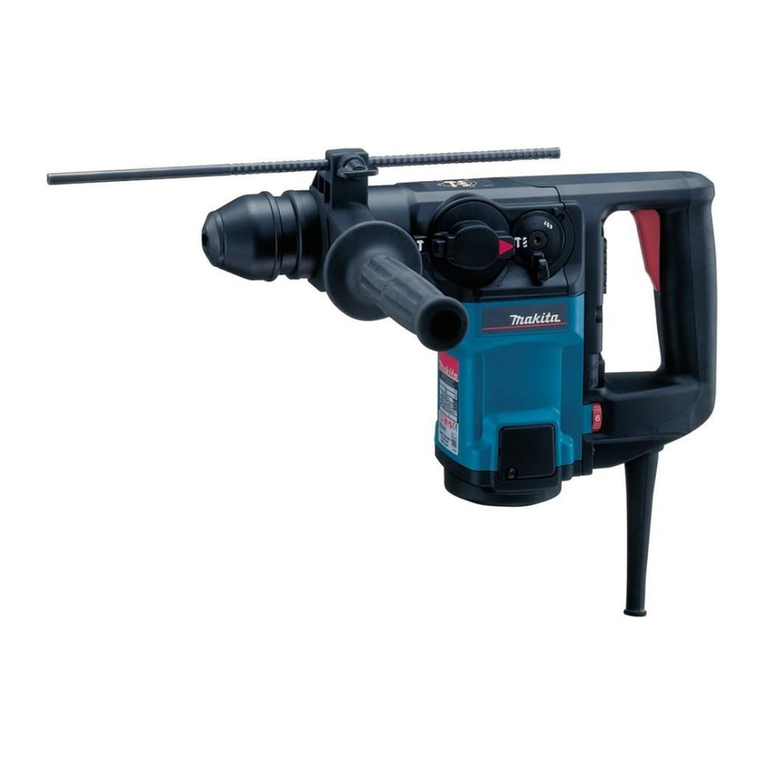
Makita
Makita HR3000C User manual
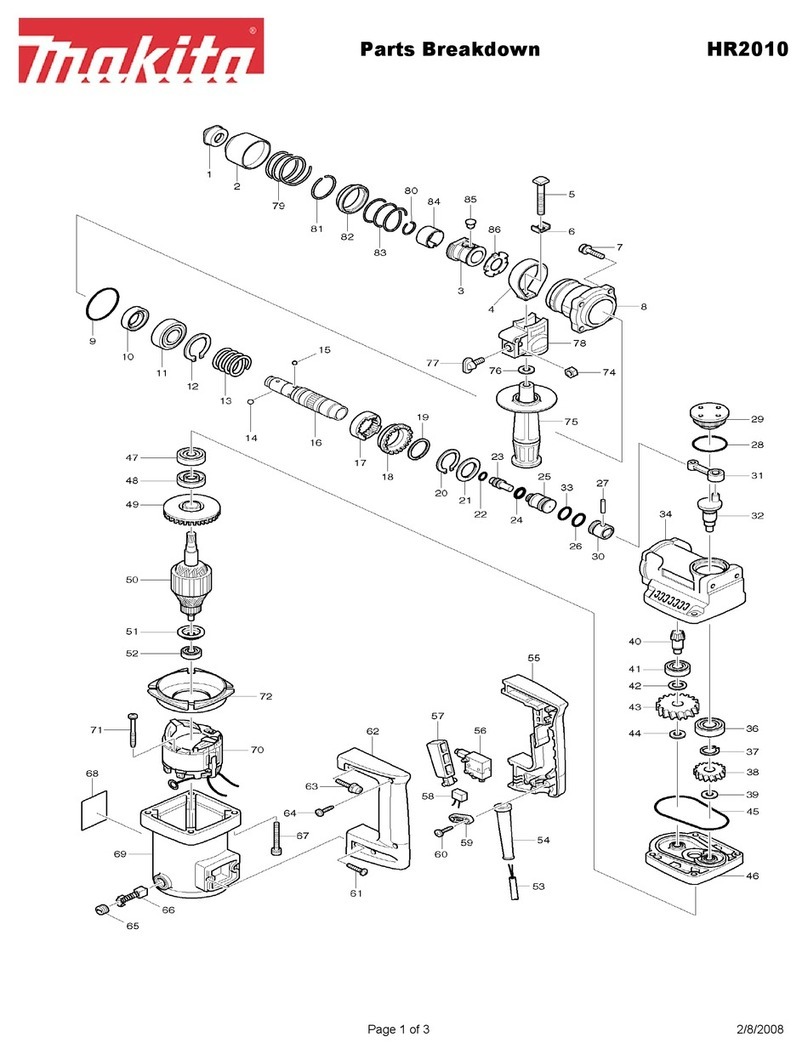
Makita
Makita HR2010 Quick start guide

Makita
Makita HR5000 User manual
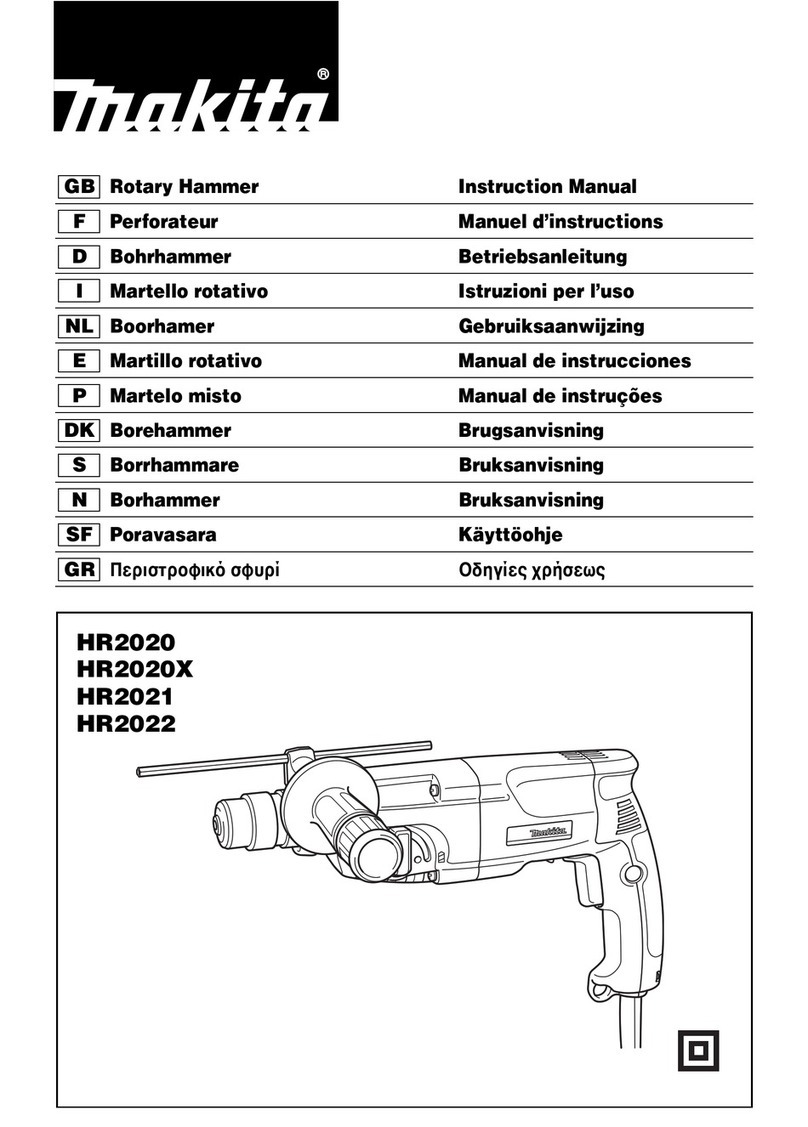
Makita
Makita HR2020 User manual

Makita
Makita HR3520B User manual
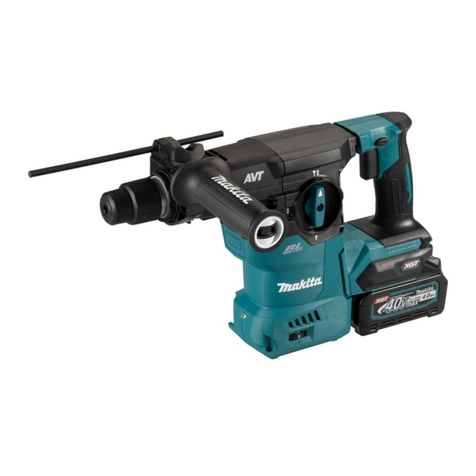
Makita
Makita HR008G User manual

Makita
Makita HR4041C User manual

Makita
Makita HR166DZJ User manual
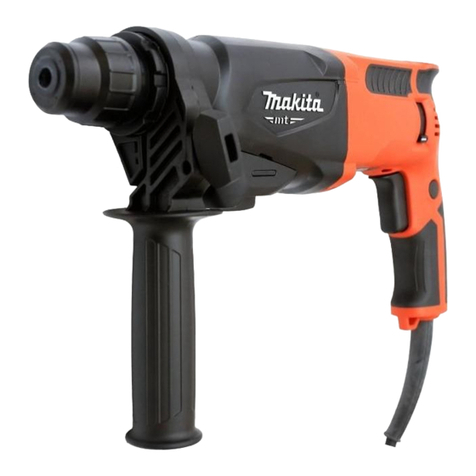
Makita
Makita M8700 User manual
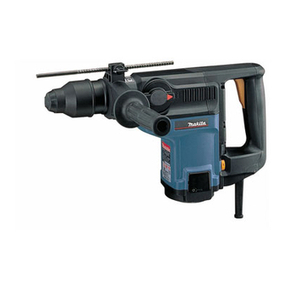
Makita
Makita HR4000C User manual
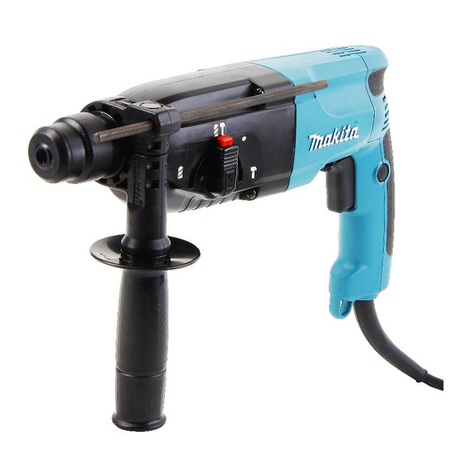
Makita
Makita HR2450/T User manual
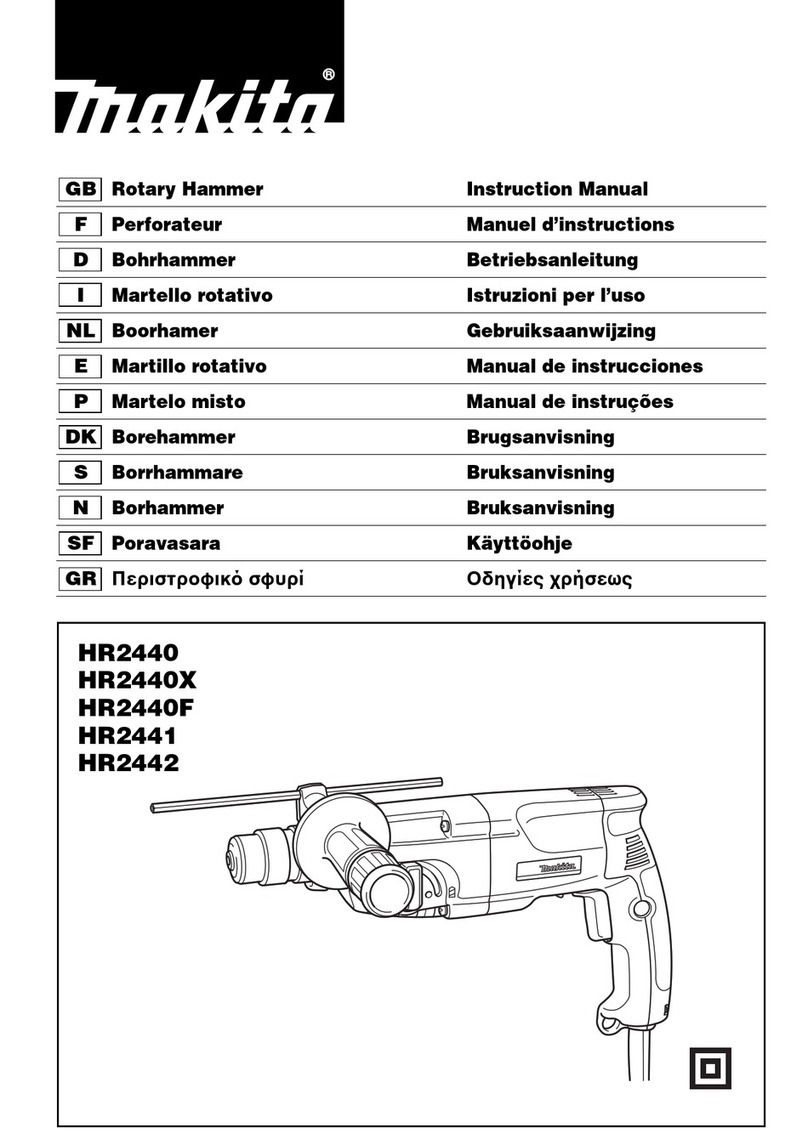
Makita
Makita HR2440 User manual
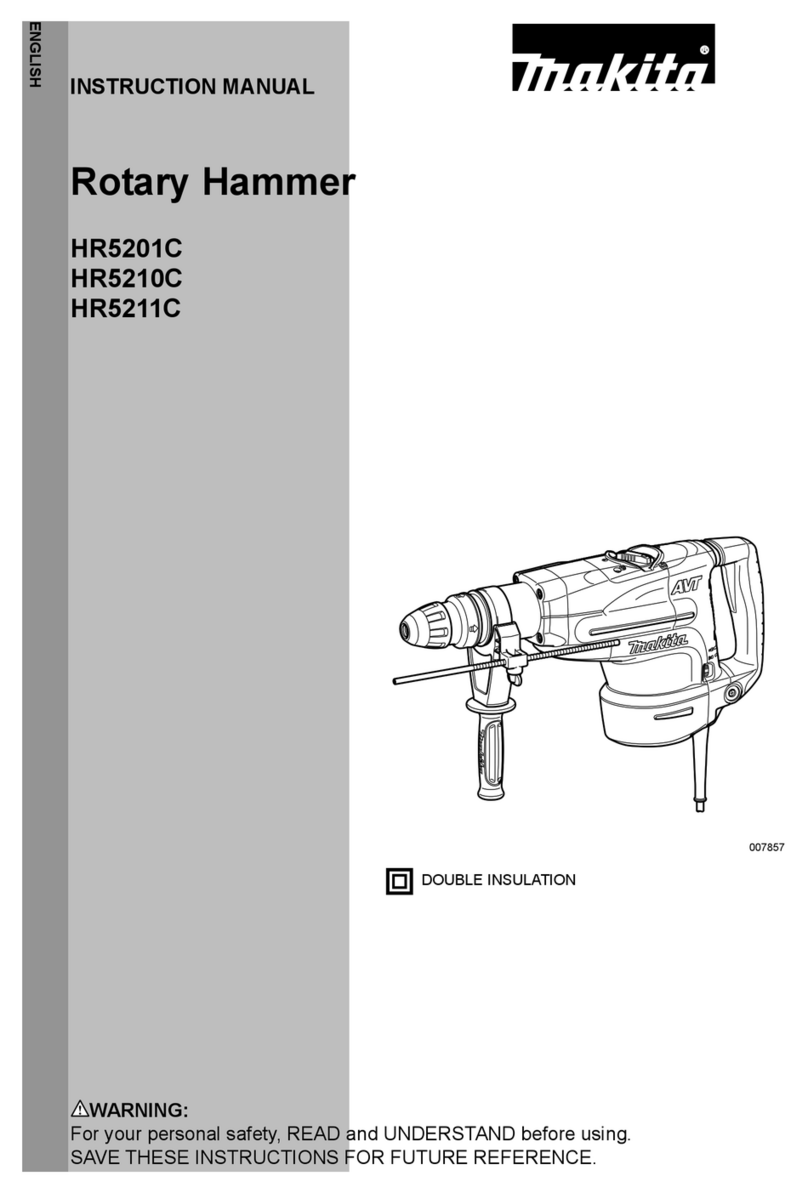
Makita
Makita HR5201C User manual
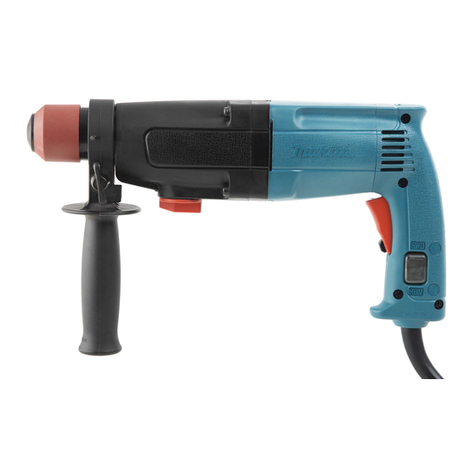
Makita
Makita HR2400 User manual
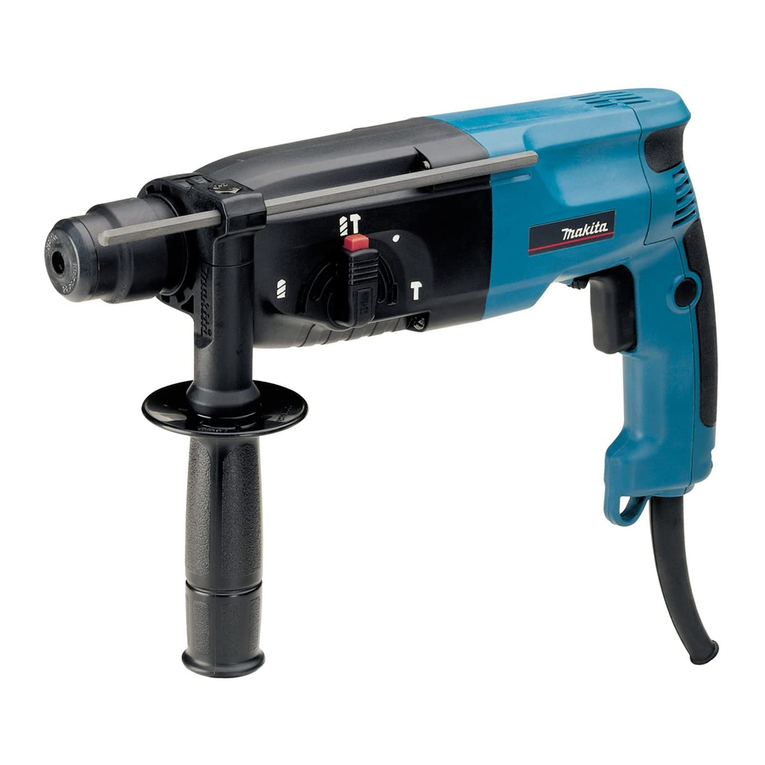
Makita
Makita HR2450 Series User manual

Makita
Makita HR2400 User manual
Popular Rotary Hammer manuals by other brands
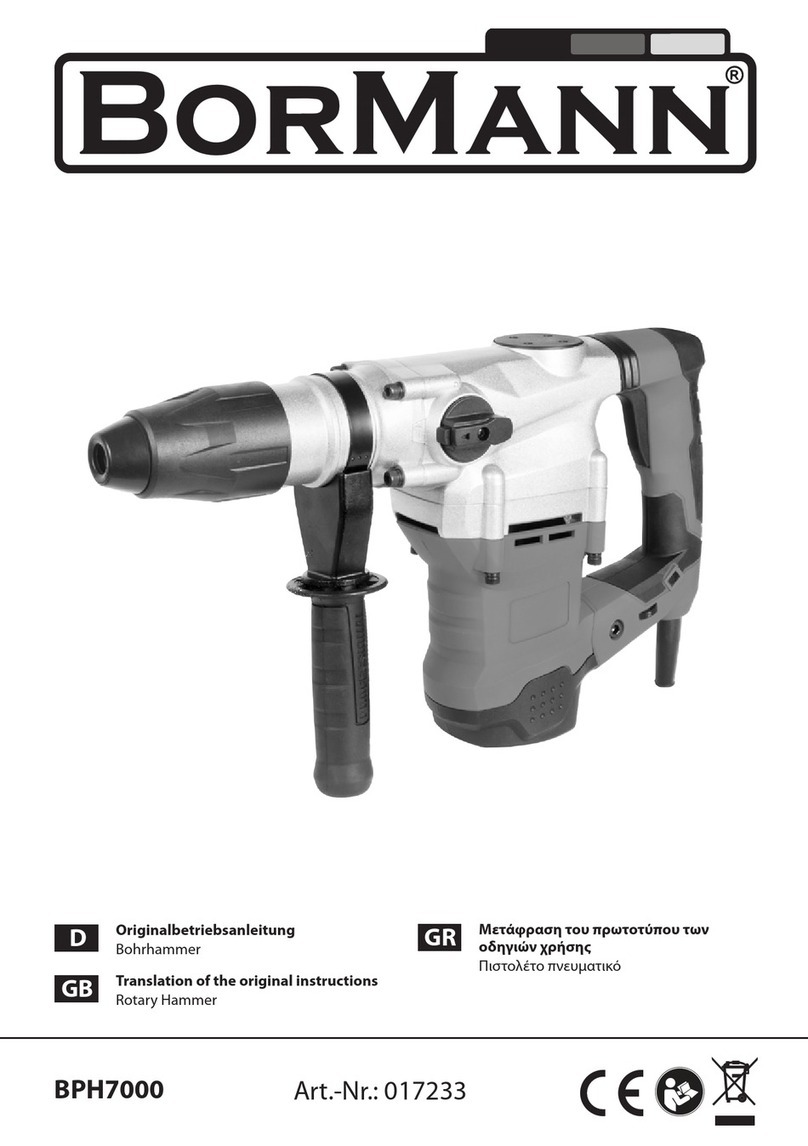
BorMann
BorMann BPH7000 Translation of the original instructions
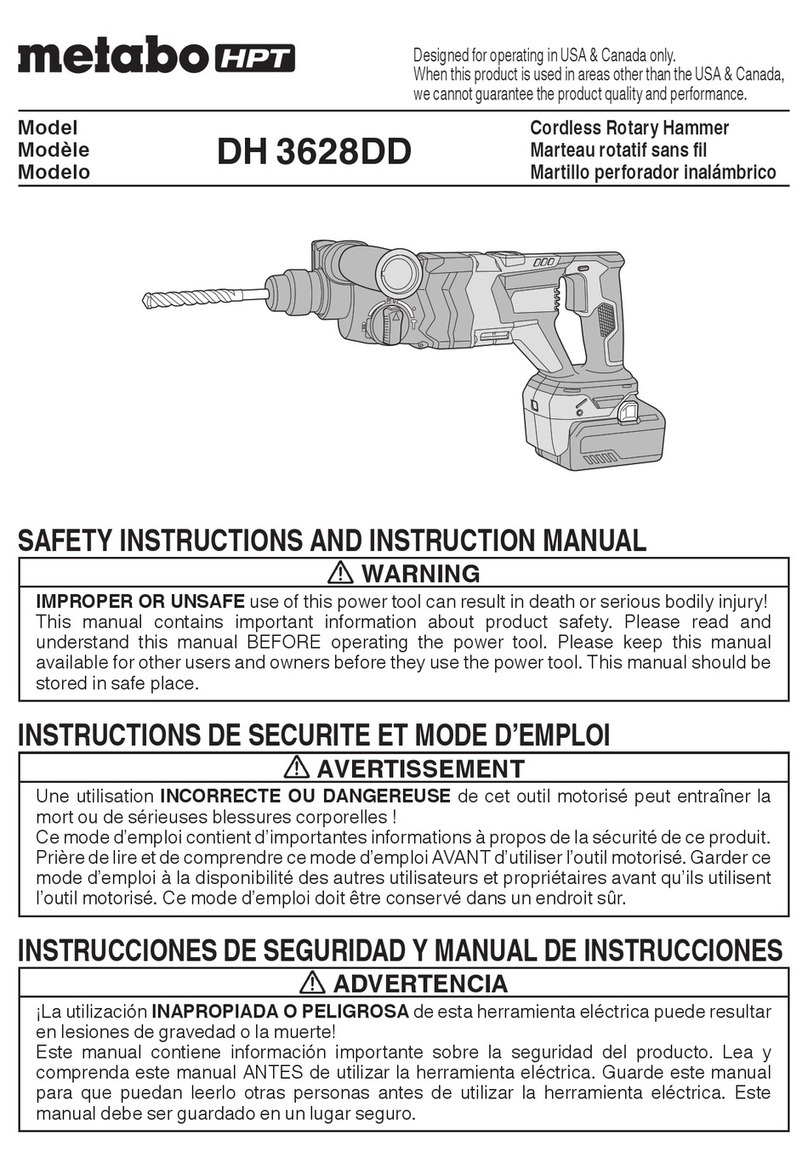
Metabo HPT
Metabo HPT DH 3628DD Safety instructions and instruction manual
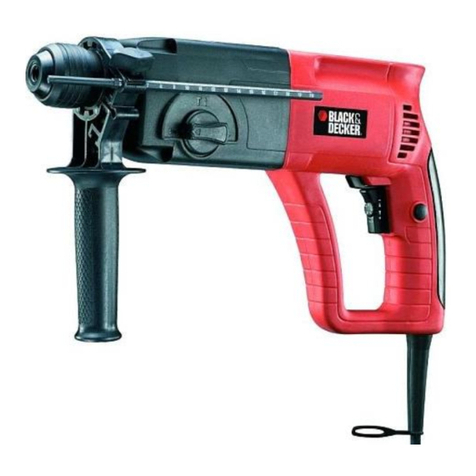
Black & Decker
Black & Decker KD650 manual

Bosch
Bosch GBH Professional 2-20 DRE Original instructions
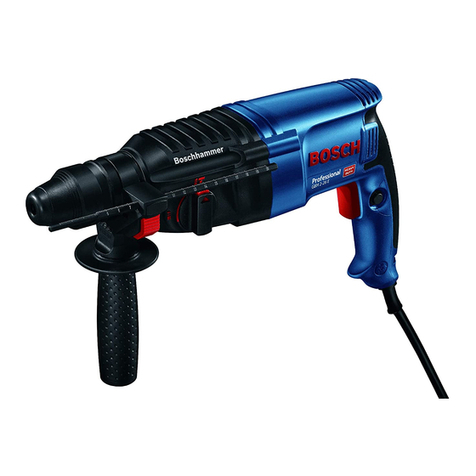
Bosch
Bosch 2-26 E operating instructions
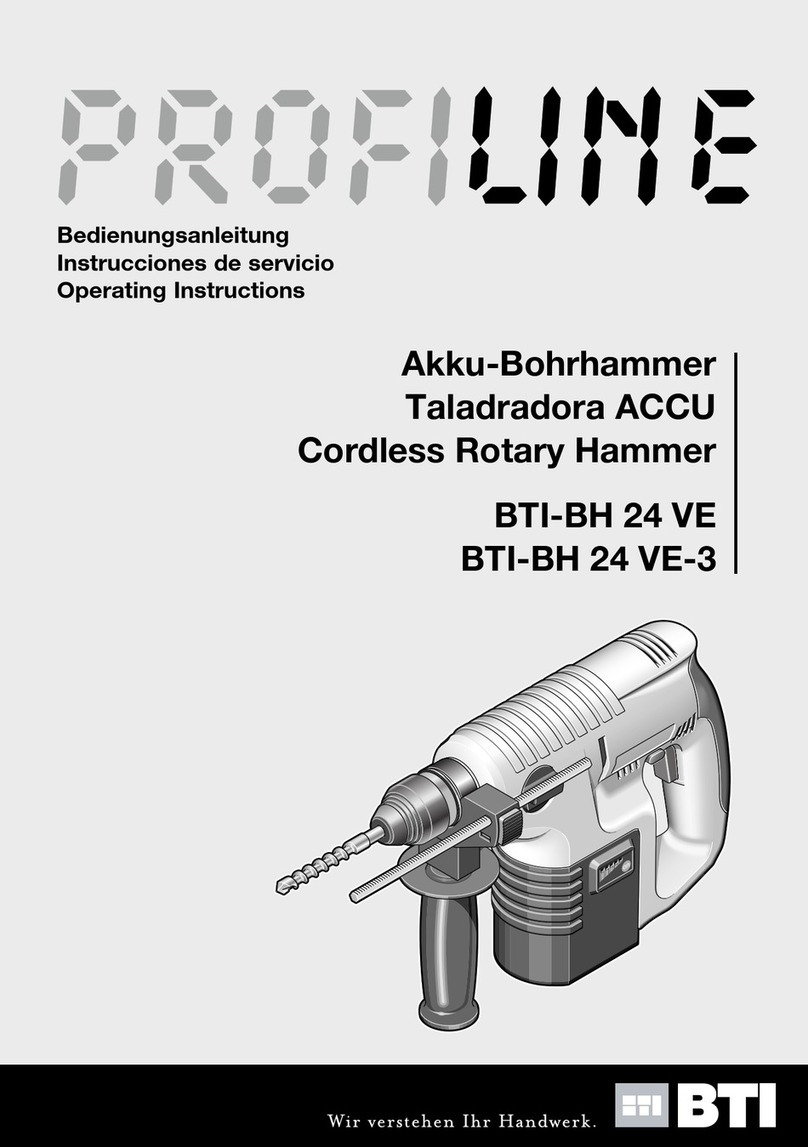
BTI
BTI Profiline BTI-BH 24 VE operating instructions

